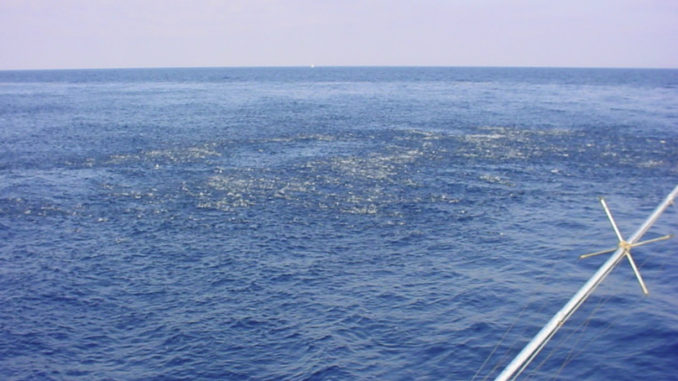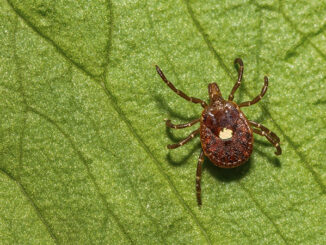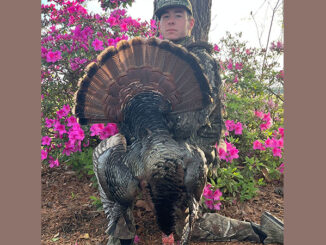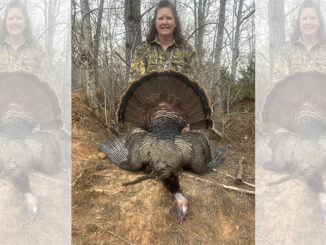
Floating weeds or other objects are mahi gold mines
Dolphin are found in temperate waters throughout the world. They first show up along the edge of the Gulf Stream off the Carolinas in the late spring. By May, many of them are bigger fish called gaffers — large enough to have to use a gaff — and during June, the numbers usually increase, but there are more smaller fish in the catch. Regardless of size, dolphin are attracted to edges and floating objects.
Many fishermen equate edges as grass lines, weed lines or mats. Dolphin certainly gather around these, even when the grass is broken up by winds and waves. Grass lines usually form when wind or current pushes loose grass against a current edge and it thickens. This is both an edge and a floating object.
Grass has another benefit that some floating objects don’t, providing cover for the small baitfish and crabs that make up a good part of the dolphin’s diet.
Other floating objects are similar. A loose net or fish-trap buoy with a piece of trailing rope creates habitat for baitfish and crabs and often holds a few dolphin. Stories abound of catching several dolphin from around a loose buoy or floating trash or pieces of wood.
Any type of change is good when dolphin fishing
Edges are where something changes in the ocean. A common edge is often an odd rip in an otherwise calm ocean, typically where two opposing currents meet. This tends to pin any bait moving in one current to the seam along the other current. A grass line or a temperature change may be present, but the key to the rip holding fish is the presence of bait. A rip may be miles long and the bait concentrated in one or several spots, so good advice is to work along it until fish are located.
Some edges may be indicated by color changes. It may be two currents colliding, like with a rip, or it could be water of different temperatures. This is usually a good thing to find and should be fished much like a rip. Capt. Mike Webb of Atlantic Beach, N.C., said to pay attention to your temperature gauge on both sides of a color change, as the temperature change may not be right on it the color change.
One of the most unusual edges is an upwelling, an obvious current running to the surface. You may see a boil, and a rip may be running away from it, but many upwellings also carry Sargasso weed and bait to the surface. Sometimes, temperature breaks at upwellings, too. Many times, fish gather around upwellings to feed, so they should not be overlooked.




